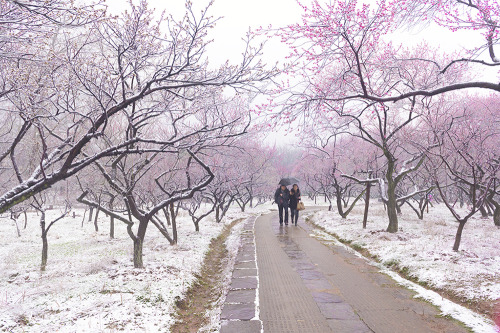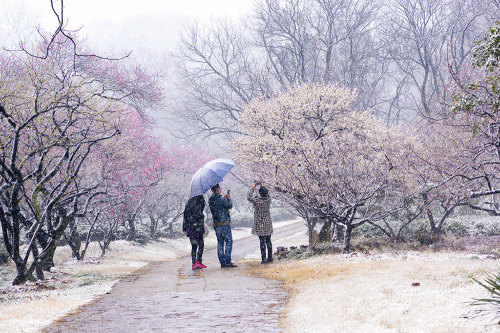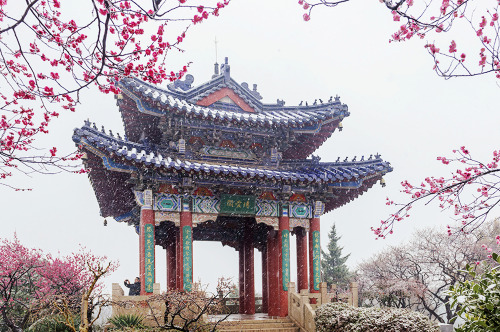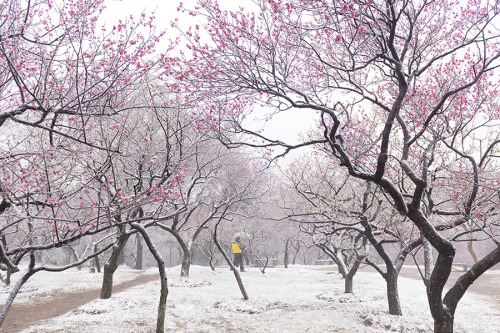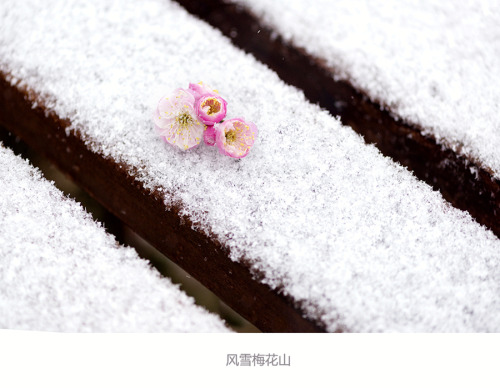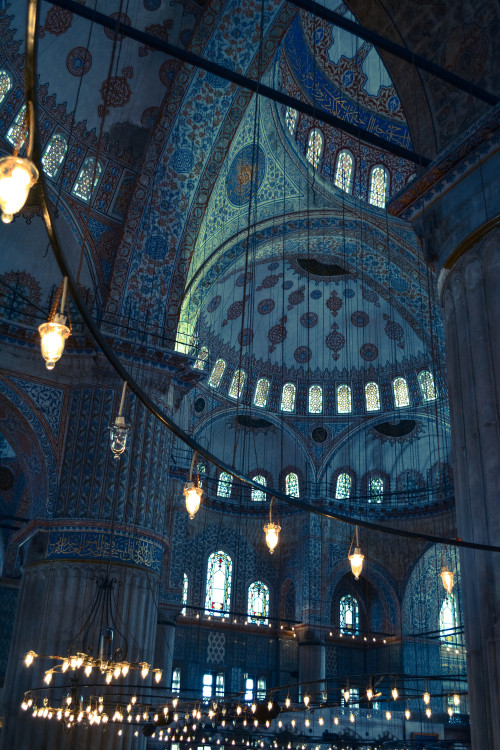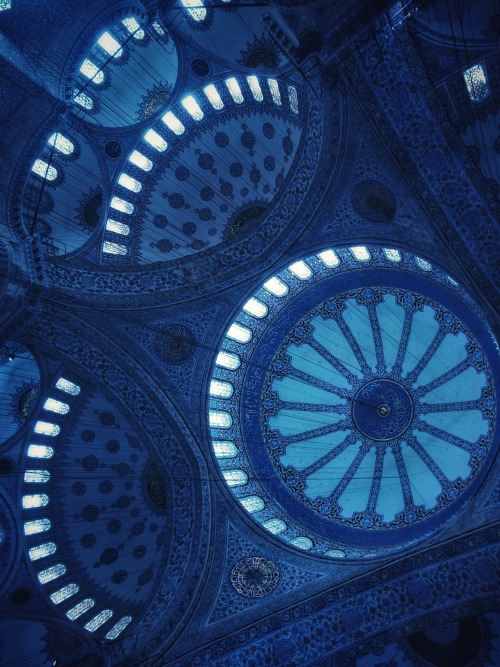角屋(島原・京都)Shimabara, Kyoto



角屋(島原・京都)Shimabara, Kyoto
More Posts from Pretty-architecture and Others
![[May 2019] Seoul, Korea](https://64.media.tumblr.com/5a2be1e79437a133406c26fa5f218568/acdc1043b54144f5-fe/s540x810/5e55af1eae8c9b593f0ea33700029af11d2e62f9.jpg)
[May 2019] Seoul, Korea
Check out my IG: @vfc.jpg
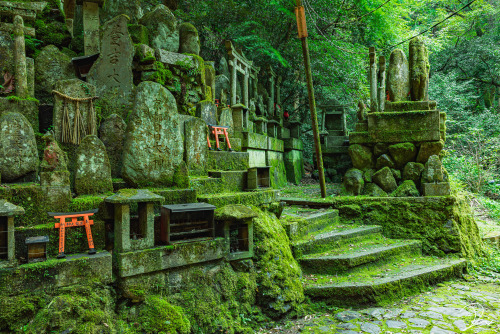
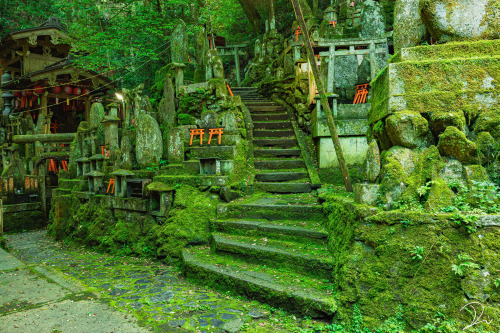


Fushimi Inari Shrine was founded in 711 by the Hata family, over 80 years before Kyoto became the capital of Japan, in 794. The shrine’s principal deity is Ukanomitama-no-Mikoto - a mythical figure who is the goddess of rice and food, and who is closely identified with the (rather nebulous) god Inari.[wiki]. Photography by うさだだぬき ⛩usadanu.eth
@usalica


Dohány Street Synagogue (the largest synagogue in Europe), Budapest, Hungary









All about Hanok, the Korean traditional home, using the oldest surviving example of the Maeng clan haeng-dan! It is an example of architecture from the beginning of the Joseon dynasty (start:1392) which has been maintained according to the old way of building.
The name 행단 refers to a place with a gingko tree, which makes reference to Confucius teaching pupils under a gingko tree. In Joseon, Confucian culture became a main part of the national culture, replacing previous national Buddhism in Goryeo dynasty.





Always seeking sacred space.










Minh Thành pagoda, Pleiku, Vietnam. Credit to Nguyen Thanh Luan.




Atago Nenbutsu-ji. Photography by Mizuki Tanaka
@tm_9729
-
 fogandfireflies liked this · 2 months ago
fogandfireflies liked this · 2 months ago -
 njasper3112 reblogged this · 3 months ago
njasper3112 reblogged this · 3 months ago -
 njasper3112 reblogged this · 4 months ago
njasper3112 reblogged this · 4 months ago -
 ghostlilacs reblogged this · 4 months ago
ghostlilacs reblogged this · 4 months ago -
 shmingleping liked this · 5 months ago
shmingleping liked this · 5 months ago -
 magdalenea reblogged this · 5 months ago
magdalenea reblogged this · 5 months ago -
 bluejeansoul reblogged this · 5 months ago
bluejeansoul reblogged this · 5 months ago -
 mineastrum liked this · 6 months ago
mineastrum liked this · 6 months ago -
 iamsancho reblogged this · 7 months ago
iamsancho reblogged this · 7 months ago -
 iamsancho liked this · 7 months ago
iamsancho liked this · 7 months ago -
 beholdthepower0fmystand reblogged this · 7 months ago
beholdthepower0fmystand reblogged this · 7 months ago -
 azura-fox reblogged this · 1 year ago
azura-fox reblogged this · 1 year ago -
 noriko04 liked this · 1 year ago
noriko04 liked this · 1 year ago -
 robomarkov liked this · 1 year ago
robomarkov liked this · 1 year ago -
 mingdorkie reblogged this · 1 year ago
mingdorkie reblogged this · 1 year ago -
 mingdorkie liked this · 1 year ago
mingdorkie liked this · 1 year ago -
 eternal-echoes reblogged this · 1 year ago
eternal-echoes reblogged this · 1 year ago -
 stillaquamish liked this · 1 year ago
stillaquamish liked this · 1 year ago -
 ogerponpropaganda reblogged this · 1 year ago
ogerponpropaganda reblogged this · 1 year ago -
 ashestoshadows liked this · 1 year ago
ashestoshadows liked this · 1 year ago -
 proserpine-in-phases liked this · 1 year ago
proserpine-in-phases liked this · 1 year ago -
 heartburnx reblogged this · 1 year ago
heartburnx reblogged this · 1 year ago -
 ghostie-speak-to-us liked this · 1 year ago
ghostie-speak-to-us liked this · 1 year ago -
 laisio reblogged this · 1 year ago
laisio reblogged this · 1 year ago -
 pastel--lilac liked this · 2 years ago
pastel--lilac liked this · 2 years ago -
 beetrootlatte liked this · 2 years ago
beetrootlatte liked this · 2 years ago -
 fuurin-in-a-storm reblogged this · 2 years ago
fuurin-in-a-storm reblogged this · 2 years ago -
 fuurin-in-a-storm liked this · 2 years ago
fuurin-in-a-storm liked this · 2 years ago -
 abekobe9949 liked this · 2 years ago
abekobe9949 liked this · 2 years ago -
 onononononoka reblogged this · 2 years ago
onononononoka reblogged this · 2 years ago -
 onononononoka liked this · 2 years ago
onononononoka liked this · 2 years ago -
 flor-1na liked this · 2 years ago
flor-1na liked this · 2 years ago -
 laisio liked this · 2 years ago
laisio liked this · 2 years ago -
 polskza reblogged this · 2 years ago
polskza reblogged this · 2 years ago -
 polskza liked this · 2 years ago
polskza liked this · 2 years ago -
 hjerterum liked this · 2 years ago
hjerterum liked this · 2 years ago -
 n4na liked this · 2 years ago
n4na liked this · 2 years ago -
 balladsboy liked this · 2 years ago
balladsboy liked this · 2 years ago -
 uberz1 liked this · 2 years ago
uberz1 liked this · 2 years ago -
 seedsofpatience reblogged this · 2 years ago
seedsofpatience reblogged this · 2 years ago -
 bannanawolf liked this · 2 years ago
bannanawolf liked this · 2 years ago -
 jxpxnese-txrtle reblogged this · 2 years ago
jxpxnese-txrtle reblogged this · 2 years ago -
 beholdthepower0fmystand reblogged this · 3 years ago
beholdthepower0fmystand reblogged this · 3 years ago
a personal side blog where i collect images and information related to architecture from different parts of the world. pfp by thewinterden
47 posts

